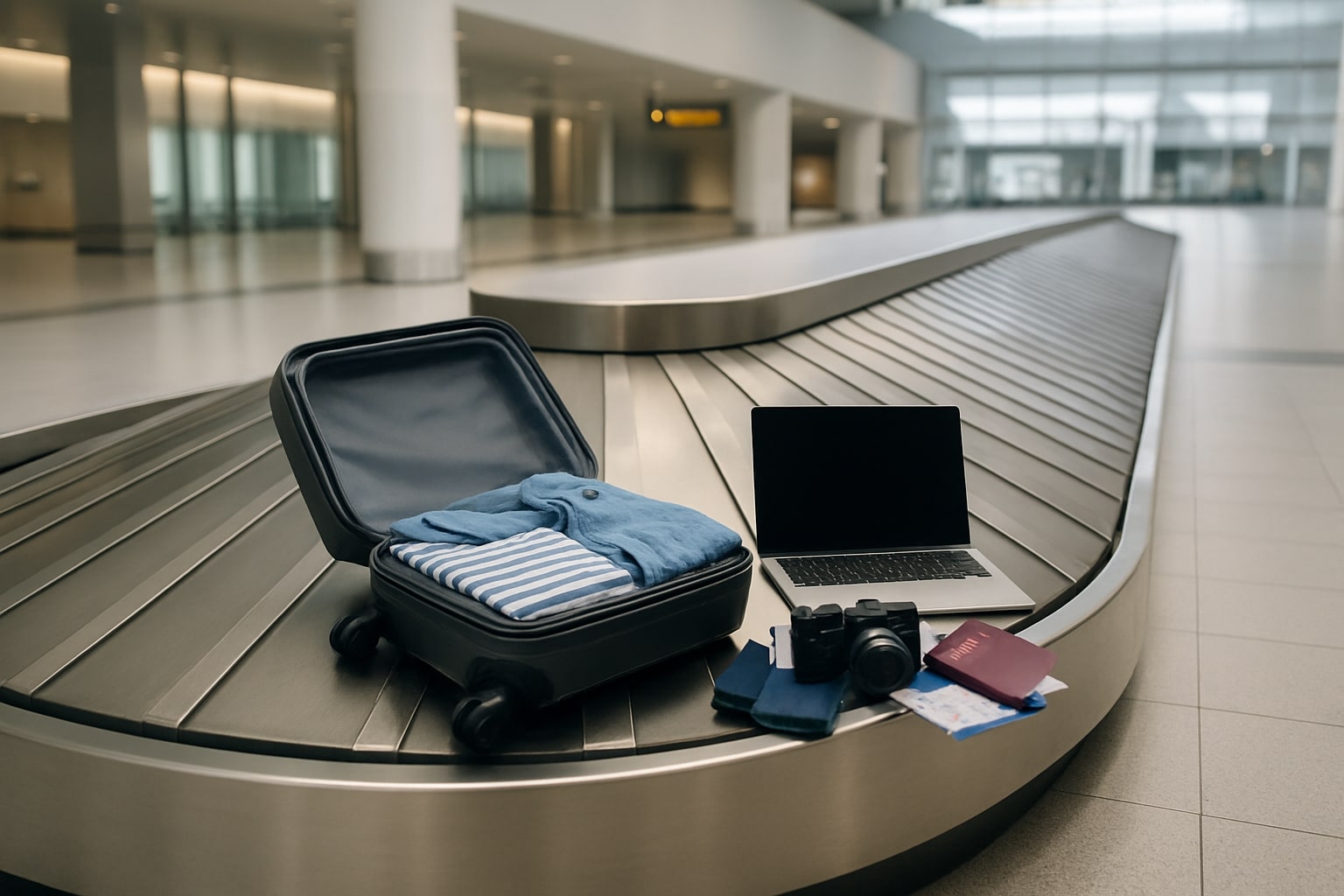What is Baggage and Personal Effects Coverage?
Baggage and personal effects coverage is a crucial component of travel insurance designed to protect travelers against the loss, theft, or damage of their luggage and personal belongings during a trip. This coverage reimburses the insured for the cost of repairing or replacing items that are lost, stolen, damaged, or delayed while traveling, including items checked with airlines or carried on the traveler’s person. It applies to both domestic and international travel, providing peace of mind that unexpected mishaps won’t result in significant financial losses.
The types of items covered under this policy typically include clothing, electronics like cameras and laptops, travel documents such as passports and visas, and other essential personal effects. Some policies allow optional upgrades to extend coverage limits for high-value possessions like jewelry, sports equipment, and business tools. This insurance safeguard truly acts as a safety net, ensuring that travelers can replace important belongings without bearing the full cost themselves.
Why Baggage and Personal Effects Coverage is Important for Travelers
Travel can be unpredictable, and baggage loss or damage is a common travel nightmare that disrupts plans and causes inconvenience. Airlines or transport providers may lose, misplace, or mishandle luggage, leaving travelers without essentials. In these instances, baggage and personal effects coverage ensures that the traveler is financially compensated, helping mitigate the unexpected burden.
Moreover, the coverage is not limited to checked luggage. Personal effects carried on the traveler, such as wallets, mobile phones, cameras, and clothing, are also protected. This is especially important in cases of theft, accidental damage, or loss during transit or at the destination. Having this coverage boosts traveler confidence, knowing that even if possessions are damaged or stolen, replacement costs will be covered up to the policy limits.
How Does Baggage and Personal Effects Coverage Work?
When baggage or personal belongings are lost, stolen, or damaged during travel, the first step is to promptly report the incident to the appropriate authorities. This often includes filing a Property Irregularity Report (PIR) with airlines or transport providers and notifying local law enforcement in theft cases. Travelers must then submit a claim to their insurance provider along with required documentation, such as the PIR, police reports, proof of ownership (receipts or photos), and itemized claims.
The insurer reviews the claim details and reimburses the insured based on the policy conditions, limits, and depreciation rules. Coverage usually pays the replacement cost or actual cash value, whichever is lower, for the lost or damaged items. It is important to note that there are per-item and overall coverage limits, and that policyholders must take reasonable care to protect their belongings during travel to qualify for reimbursement.
Benefits and Inclusions of Baggage and Personal Effects Coverage
Baggage and personal effects insurance offers many vital benefits for travelers. It covers a broad range of scenarios including loss, theft, damage, or destruction of luggage and personal items during the trip or in transit with common carriers like airlines. This coverage typically extends to essential travel documents such as passports and visas, including reimbursement for costs related to their replacement and even unauthorized use of lost or stolen credit cards.
Additional benefits include coverage for delayed baggage, compensating the insured for expenses on essential items while waiting for delayed luggage. Some plans provide optional upgrades to increase coverage limits for valuable items like electronics and sports equipment. Medical devices, business equipment, and certain personal accessories may also be covered depending on the policy. This comprehensive protection ensures travelers have financial relief during stressful situations caused by baggage-related mishaps.
Exclusions and Limitations of Baggage and Personal Effects Coverage
While baggage and personal effects insurance is comprehensive, it does have exclusions and limitations to be aware of. Most policies exclude coverage for loss or damage resulting from normal wear and tear, gradual deterioration, or inherent defects. Items left unattended in public places, unlocked vehicles, or outside of the insured’s control may not be covered unless reasonable precautions were taken.
Pre-existing damage, mysterious disappearances without proof, and losses due to war, confiscation, or natural disasters are also commonly excluded. There may be sub-limits for certain high-value categories such as jewelry, cameras, and electronics unless additional coverage is purchased. It is essential for travelers to read the policy’s fine print, understand filing procedures, and comply with claim requirements like timely police reporting to avoid denial of claims.
How to Choose the Right Baggage and Personal Effects Coverage
When selecting baggage and personal effects insurance, travelers should evaluate coverage limits, policy exclusions, and claims processes in relation to their travel plans. Those carrying valuable electronics, jewelry, or specialized equipment should consider policies with higher per-item and aggregate limits. Checking if the policy covers travel documents, delayed baggage, and purchase protection can add extra assurance.
It’s advisable to purchase coverage from reputable insurers offering clear claim procedures and customer support. Pairing this coverage with comprehensive travel insurance for medical emergencies, trip cancellations, and liability coverage can provide an all-around safety net for any journey. Travelers should also maintain thorough records of their belongings, including receipts and photos, to facilitate smooth claims in case of loss or damage.
With a solid understanding of baggage and personal effects coverage, travelers can protect their belongings from common travel-related risks and avoid unexpected financial burdens. Proper coverage ensures peace of mind, allowing travelers to focus on enjoying their trip with confidence.



